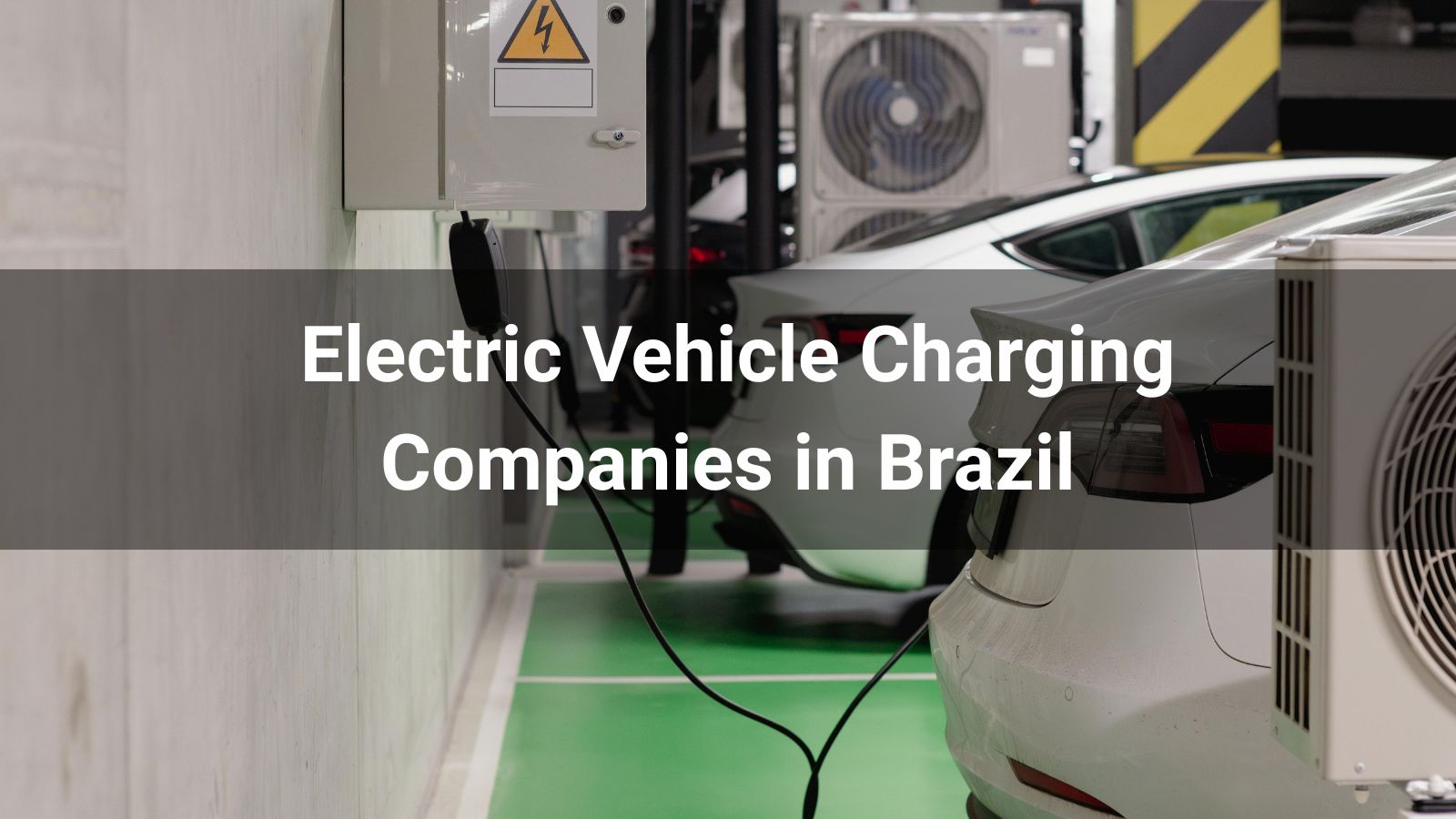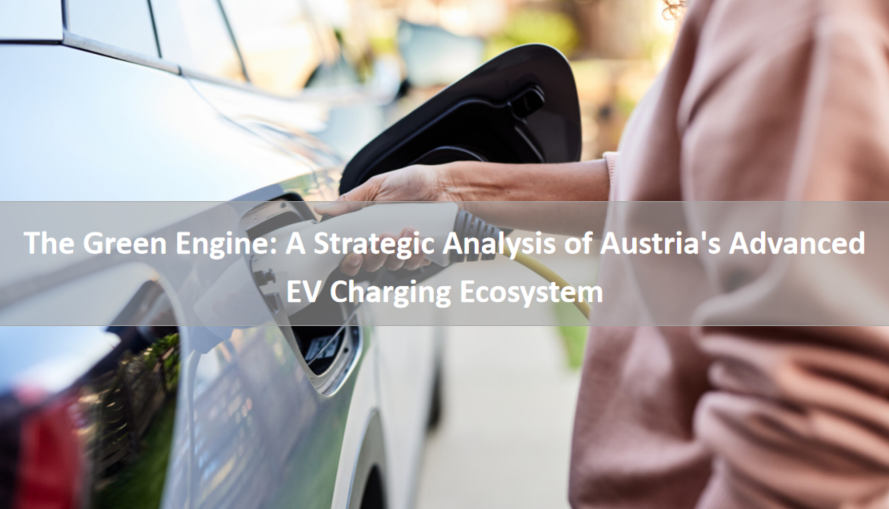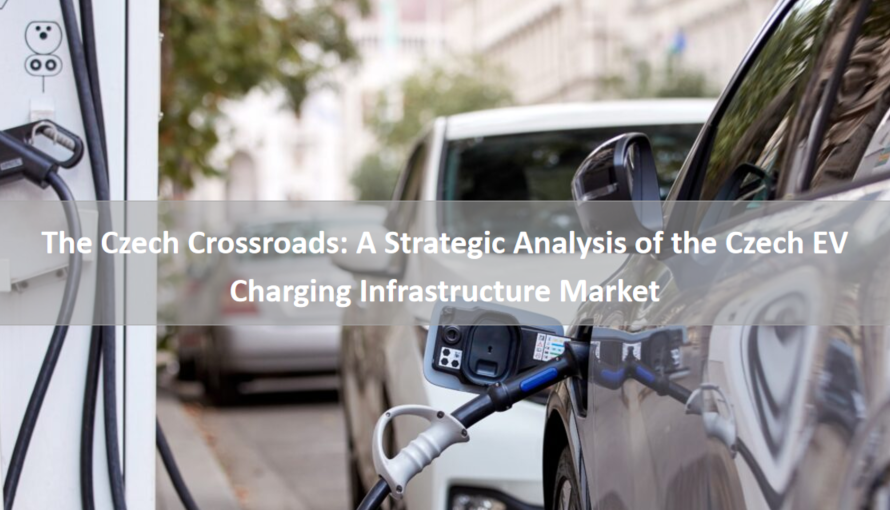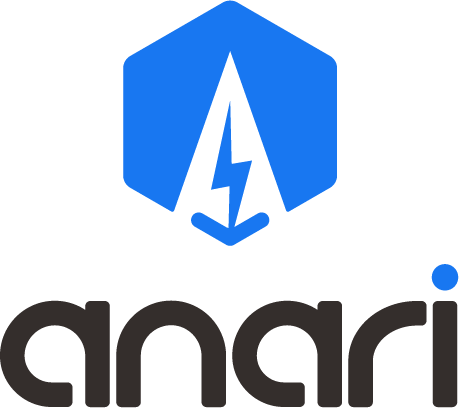
Cuba, a Caribbean nation with a rich history and evolving economic landscape, stands at a pivotal moment in its energy sector. As global demand for sustainable transportation rises, the country is beginning to embrace electric vehicles (EVs), necessitating the development of charging pile infrastructure. This report provides a detailed analysis of Cuba's charging pile market, exploring national policies, current market development status, opportunities, and challenges. Prepared for Anari Energy, a global leader in charging pile solutions, this analysis aims to inform strategic decision-making in Cuba's emerging energy transition.
Cuba's energy policies are increasingly aligned with sustainability and economic modernization. Under its Nationally Determined Contribution (NDC) to the Paris Agreement, Cuba has committed to generating 24% of its electricity from renewable sources by 2030, recently elevated to 37%. This ambition reflects a broader governmental mandate, enshrined in the 2019 constitutional amendment, to address climate change and promote foreign investment for economic development.
A key initiative in the EV space is the collaboration between Corporación CIMEX and the Ministry of Transportation to establish a national network of charging stations. This project underscores Cuba's intent to modernize its transportation infrastructure, driven by the growing adoption of EVs and a need to reduce dependence on imported fossil fuels. While specific regulations governing charging piles remain limited, the government's renewable energy focus and openness to foreign partnerships signal a supportive policy environment for charging infrastructure development.
Cuba's charging pile market is in its infancy, characterized by nascent infrastructure and limited deployment. The national charging station network project marks a foundational step, responding to the gradual increase in EV usage across the island. However, comprehensive data on the number of operational charging piles or their geographic distribution is sparse, reflecting the market's early stage.
The energy sector's broader context provides additional insight. Cuba's electricity grid, heavily reliant on aging fossil fuel plants, faces reliability challenges, yet the push towards renewables offers a pathway for integrating EV charging infrastructure. The market's development hinges on aligning charging pile deployment with these renewable energy goals, positioning it as a critical component of Cuba's energy transition.
The government's renewable energy targets and climate commitments create a conducive environment for EV infrastructure investments, offering a platform for charging pile expansion.
The CIMEX-Ministry project to build a charging station network signals immediate demand for charging pile technologies, opening avenues for partnerships and supply contracts.
Cuba's constitutional emphasis on attracting foreign capital provides a gateway for international firms like Anari Energy to establish a foothold, leveraging their expertise in charging solutions.
Cuba's ongoing economic crisis, marked by high inflation and fiscal constraints, limits public and private funding for infrastructure projects, potentially slowing charging pile deployment.
The country's power generation infrastructure, plagued by obsolescence and frequent outages, poses a reliability risk for charging stations, necessitating parallel investments in grid modernization.
Scaling charging infrastructure requires substantial upfront investment, a challenge in a market where financial resources are constrained and foreign investment must navigate regulatory complexities.
Cuba's charging pile market is a landscape of promise and complexity. National policies favoring renewable energy and foreign investment lay a strong foundation for growth, while the national charging station network initiative signals tangible demand. However, economic constraints and infrastructure deficits present formidable barriers that require careful navigation. For Anari Energy, success in this market will depend on leveraging its global expertise to align with Cuba's energy goals, forging strategic partnerships, and addressing infrastructure challenges through innovative solutions. As Cuba advances its energy transition, the charging pile sector offers a critical opportunity to shape a sustainable future.







